fact

The Real Woman
And then I remembered an important event. It happened at a funeral in St. Paul’s chapel for a twenty-four-year-old prostitute who had overdosed in her Gastown hotel room. The small chapel was half full, and very quiet. There were a couple of fresh flower arrangements in front of the cheap, closed coffin. Most of the congregation were other prostitutes dressed in their working clothes, and a few pimps. One woman apologized to Brother Tim for having nothing black to wear, except for lingerie and a leather miniskirt.

The Main
Last summer, during a visit to Vancouver, my nine-year-old son climbed the pediment of a cast-iron traffic-light standard and put his palm on the glowing hand that warns pedestrians to stay put. My mother pointed out afterwards that my photograph of the event contained its own French caption, in the word visible over his shoulder: main.

Re-hanging the National Wallpaper
When I lived in Ottawa in the 1970s, I used to enjoy passing lazy afternoons at the National Gallery looking at the pictures. I remember how surprised I was when I first encountered the Group of Seven collection. These paintings were completely familiar—I’d seen them in schoolbooks and on calendars, posters, t-shirts, everywhere—yet at the same time they were completely unexpected.

Seize the Fire: Heroism, Duty, and the Battle of Trafalgar
October 21, 2005, marked the 200th anniversary of the great naval battle of Trafalgar, an engagement in which Admiral Nelson and the British fleet ended Napoleon’s dream of invading England by crushing the French and Spanish fleets off the southwest
.svg)
A Few Essential Words
I met Alejandra Pizarnik in Buenos Aires, in 1967, five years before her death. I had asked her to contribute to an anthology of texts that purported to continue an interrupted story begun in Shakespeare’s The Winter’s Tale: “There was a man dwelt by a churchyard.” She agreed and wrote a haunting piece called “Los muertos y la lluvia,” “The dead and the rain.” The book was never published, but we became friends.

Punch
It was at about this moment that I hit him in the face, which is something I’ve never done before. I don’t know what perfect form the punch took in my mind, but by the time the impulse had pushed its way through me, my hand had bent inward like an old person’s claw, or a doll’s hand—curved around but without a bottle to clutch.

Dog Show Dancing
The next performer, Coco, a six-year-old Belgian shepherd, stood on his back legs and hopped alongside a woman wearing white go-go boots who jiggled her hips in time to “ymca.” Coco weaved between her legs, rolled across her feet, lay on his back and kicked his legs in the air. The woman’s brow was furrowed and sweat ran down her face. Coco bounded in front of her, then backed through her legs and sneezed twice. The judges looked at each other and one of them wrote somethingdown.



.jpg)










































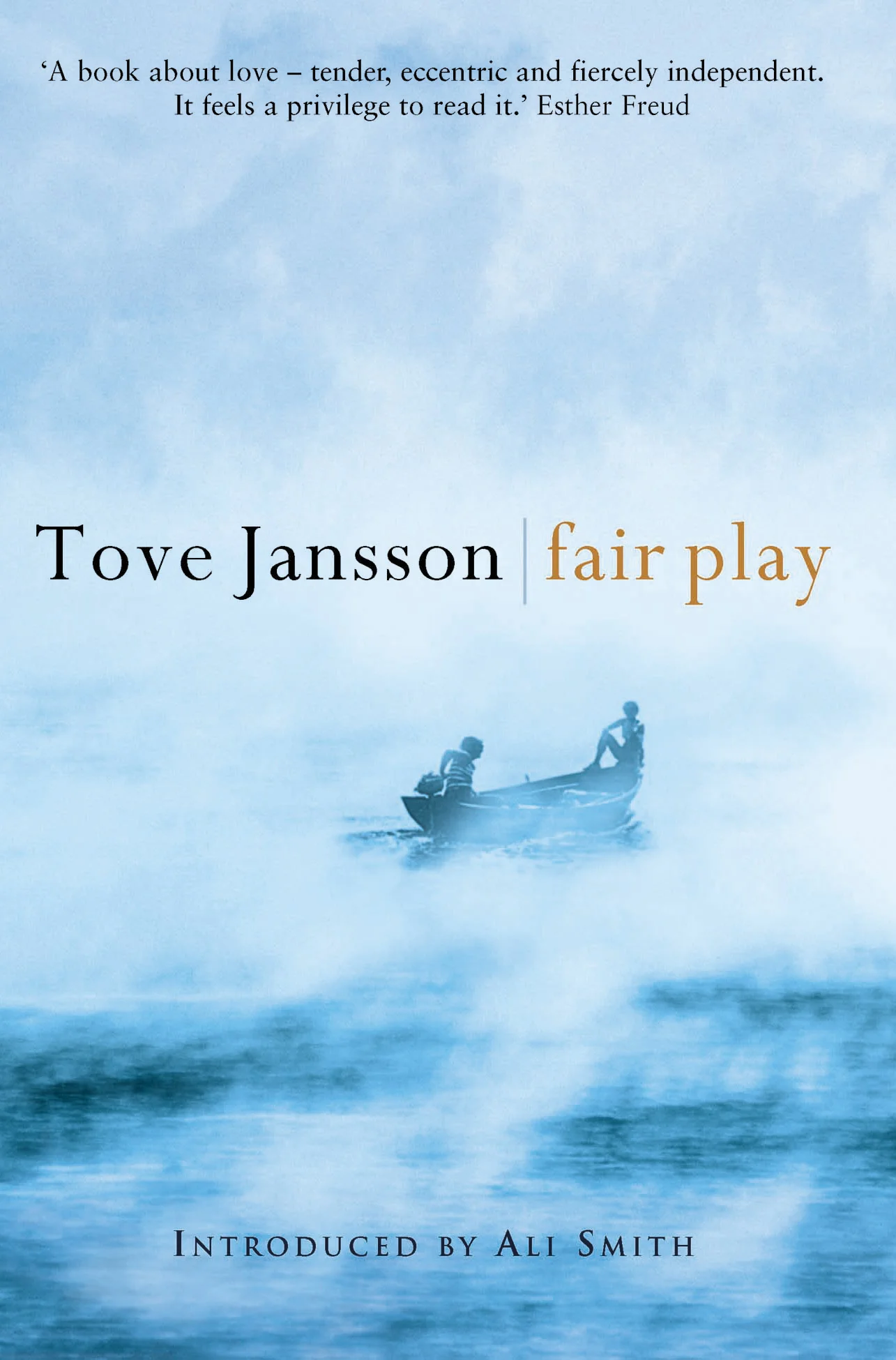
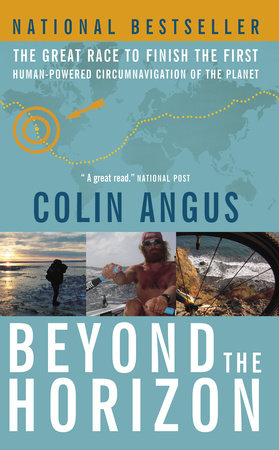

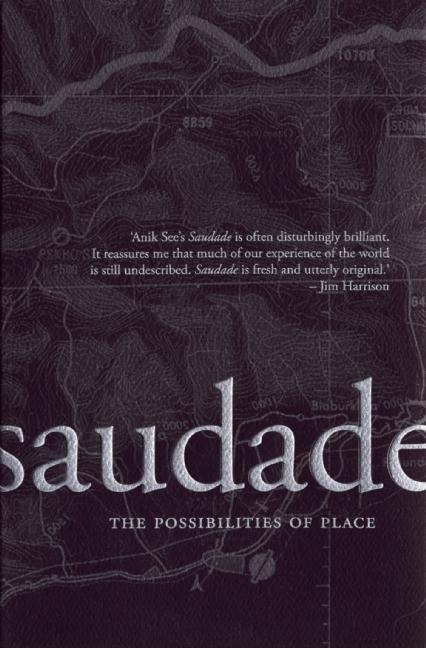
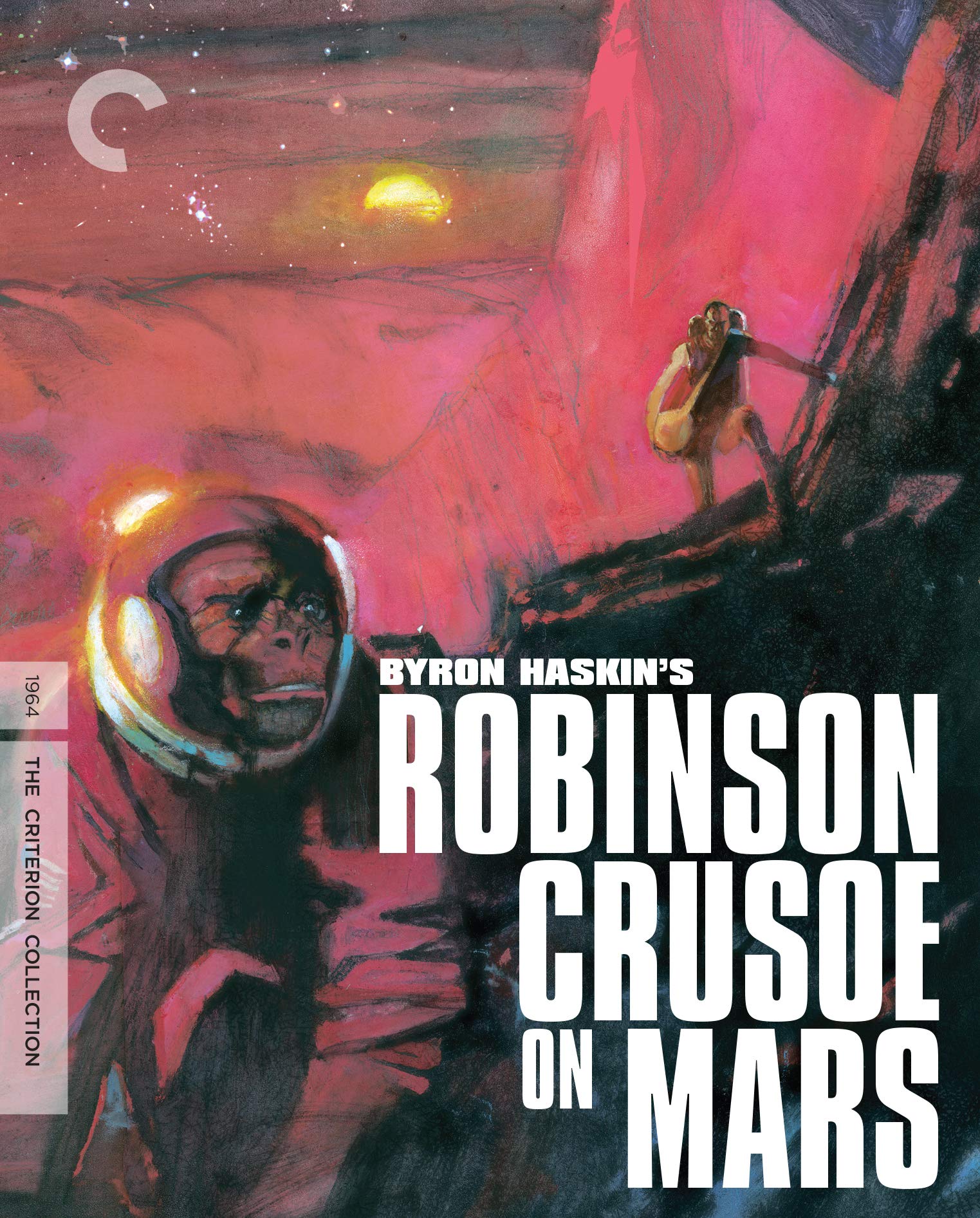

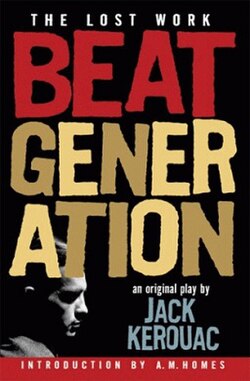



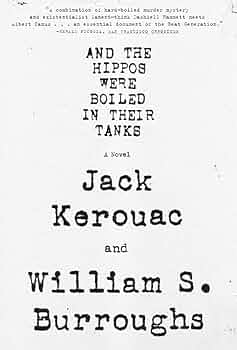

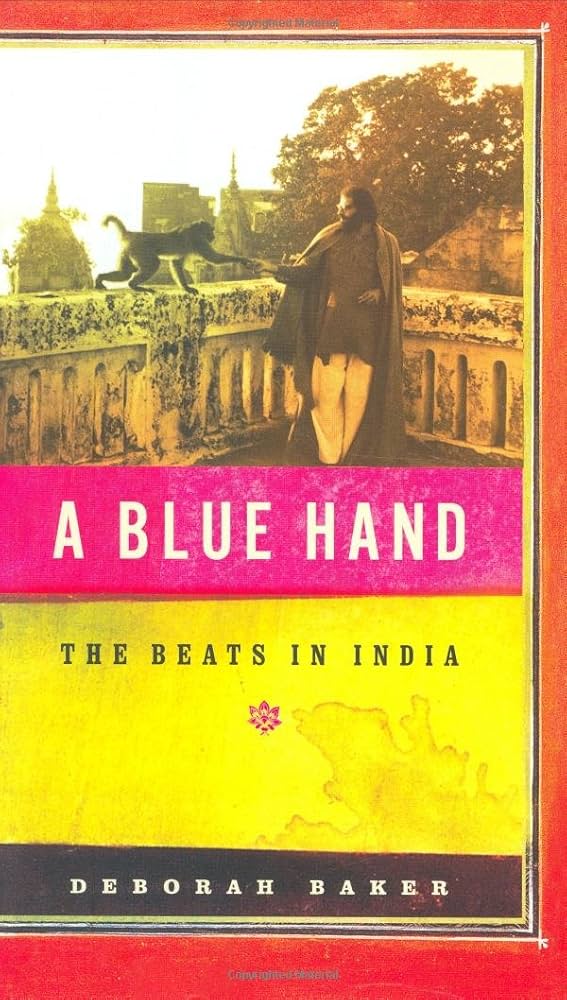
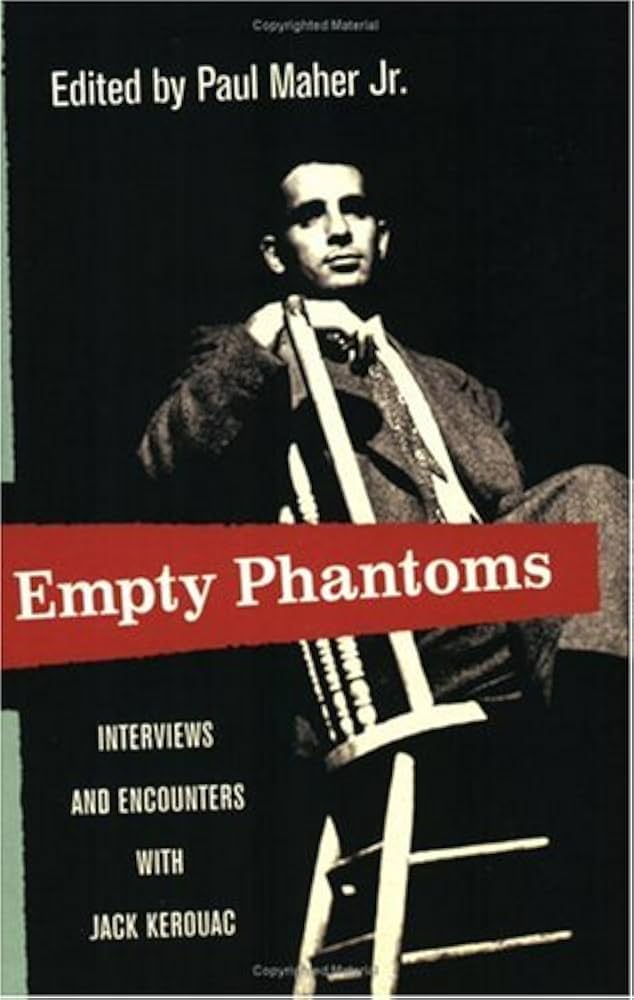

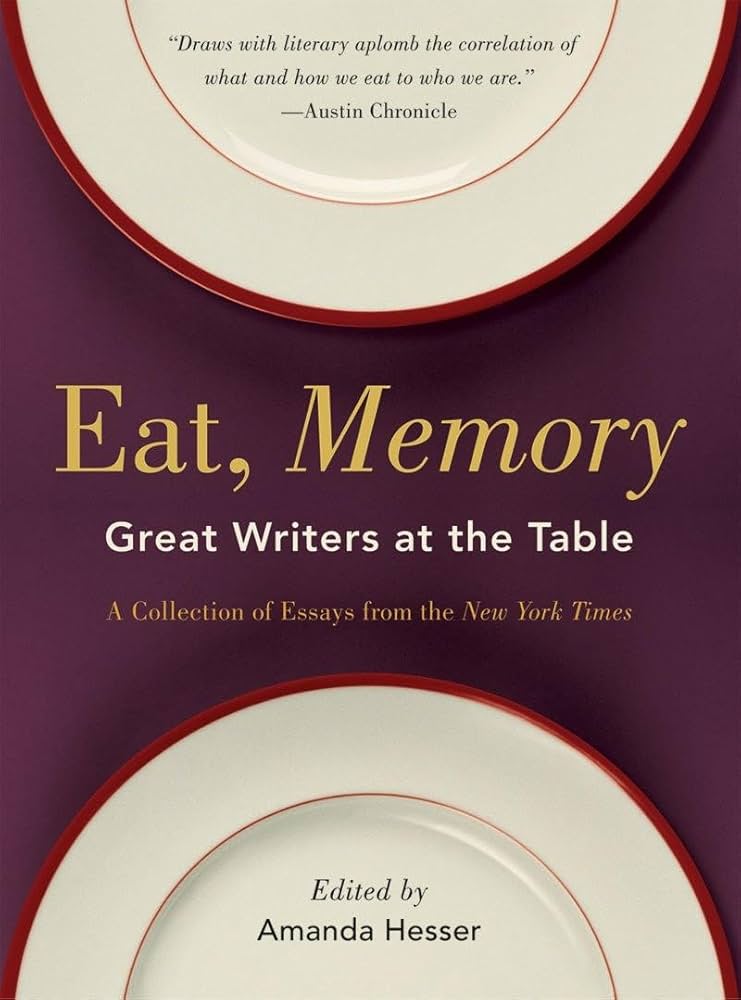


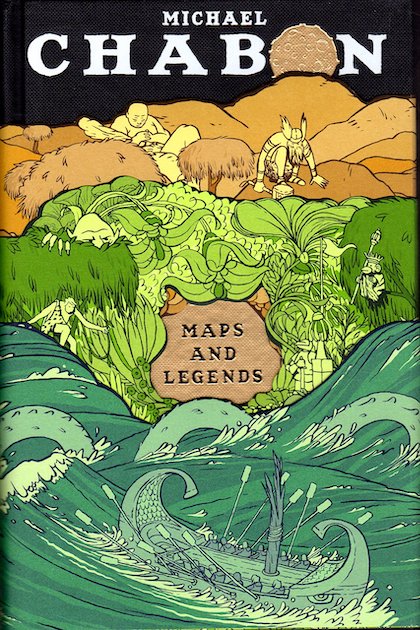
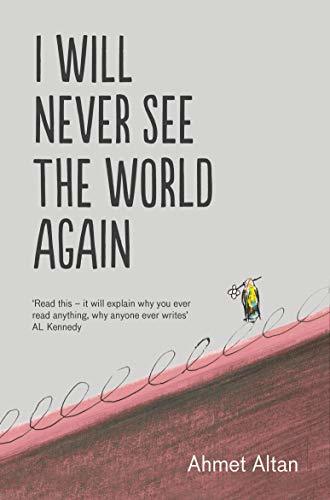
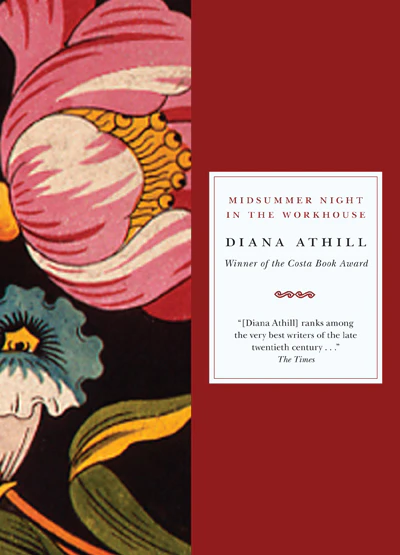
















.jpg)











